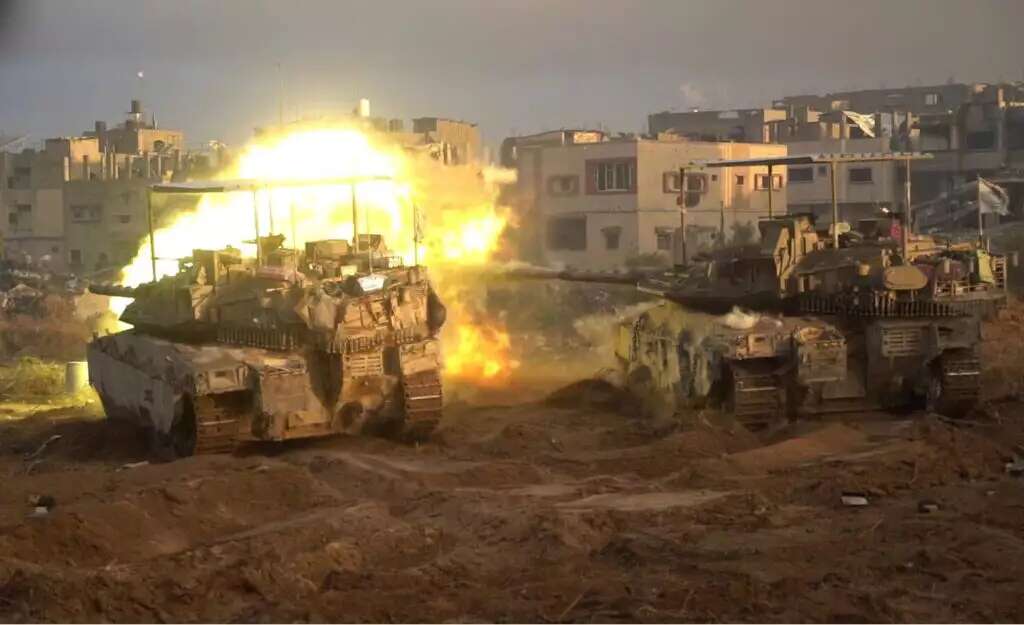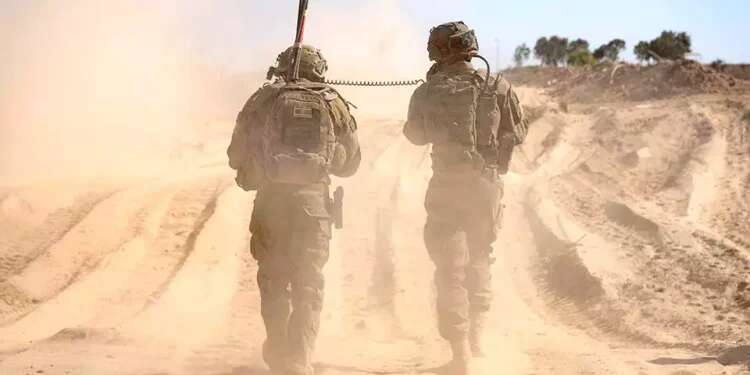The expansion of IDF ground operations in the southern Gaza Strip, which includes evacuating the population to the humanitarian zone in al-Mawasi and capturing the Morag Corridor that separates Khan Younis from Rafah, is designed to increase pressure on the Hamas leadership to accept Israel's demands regarding the hostages. Simultaneously, it will support the major ground operation expected if negotiations fail.
Together with expanded operations in the Beit Lahia and Beit Hanoun sectors, intensified targeted airstrikes throughout Gaza, and the blockade that is beginning to affect the public in Gaza, this action is intended to push Hamas to enable another release phase with a larger number of living hostages (than in Hamas' proposal) without an Israeli commitment to end the war.
For now, Hamas' behavior, at least outwardly, shows concern about the situation, but nothing beyond that. Hamas spokespeople continue to blame Israel for sabotaging negotiations and emphasize – even in light of its recent moves – their willingness to reach an agreement. In their view, the hostages in the organization's possession are the only weapon it has left to impose its four demands on Israel, a commitment backed by international guarantees against resuming fighting, IDF withdrawal to the October 6 lines, commitment to allow Gaza rehabilitation, and the release of additional terrorists from Israeli prisons in exchange for returning hostages, according to a formula agreed upon by both sides.

Room for flexibility not yet exhausted
Seemingly, Israel's intention to receive the hostages while continuing to fight stands in complete contradiction to Hamas' interests. So what is the basis for thinking that pressure could drive Hamas to change its position? It can be assumed that the assessment in Israel is that Hamas has room for flexibility that has not yet been exhausted. This stems from the large number of hostages in its possession, allowing it to implement additional deals without giving up all the cards it holds. This is apparently what Israel's current efforts are aimed at.
Regarding Gaza's internal situation, it can be assumed that Israel's actions will increase anger and encourage protests against Hamas by some of the public. However, one should not pin excessive hopes on this. The authentic protests that developed in the past two weeks did not create a real challenge to Hamas rule. The protesters are not organized under a unified leadership, and they lack the capabilities and means to escalate their struggle. Against them stands Hamas – a large, strong, skilled, and armed force with the ability to suppress any organization that poses a threat to it.
"The enemy will not achieve through war and destruction what it failed to achieve through negotiations," Izzat al-Rishq, a member of Hamas' Political Bureau promised, with the resumption of fighting in the current phase. It must be admitted, the challenge Israel faces is not simple, but the alternative Hamas presents – surrendering to its dictates and leaving it as the central power in Gaza – reduces the options available to Israel.
The conditions under which Israel must operate today to achieve its goals are incomparably better than they were at the beginning of the war, the backing from the Trump administration and the umbrella it provides against the international political system and institutions, the change in the balance of power in the Middle East, the situation in other combat zones, the experience and confidence gained by IDF forces, and conversely – Hamas' condition as well.




